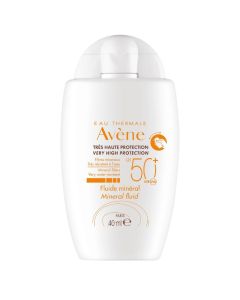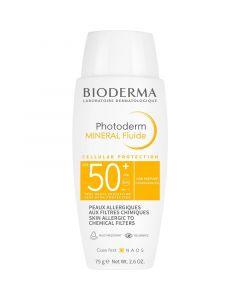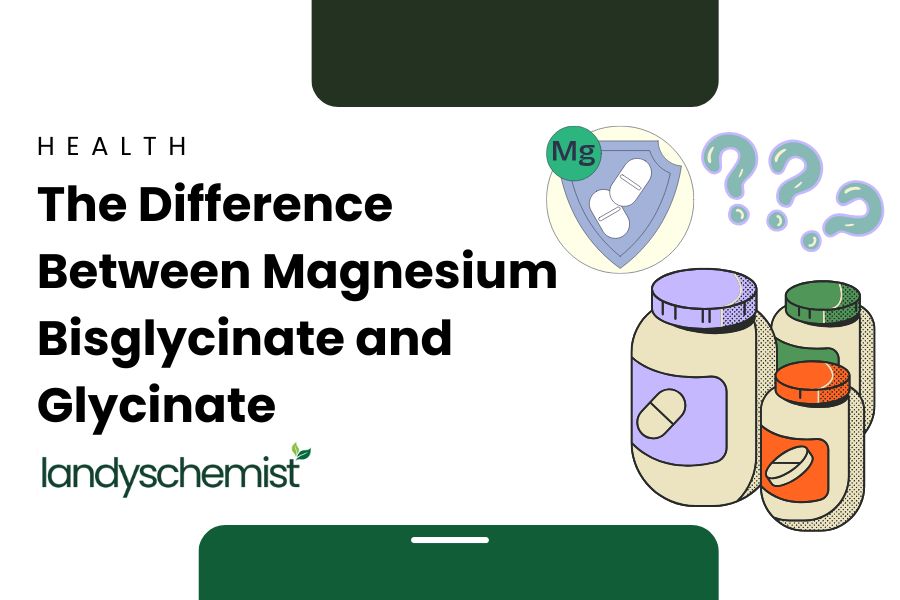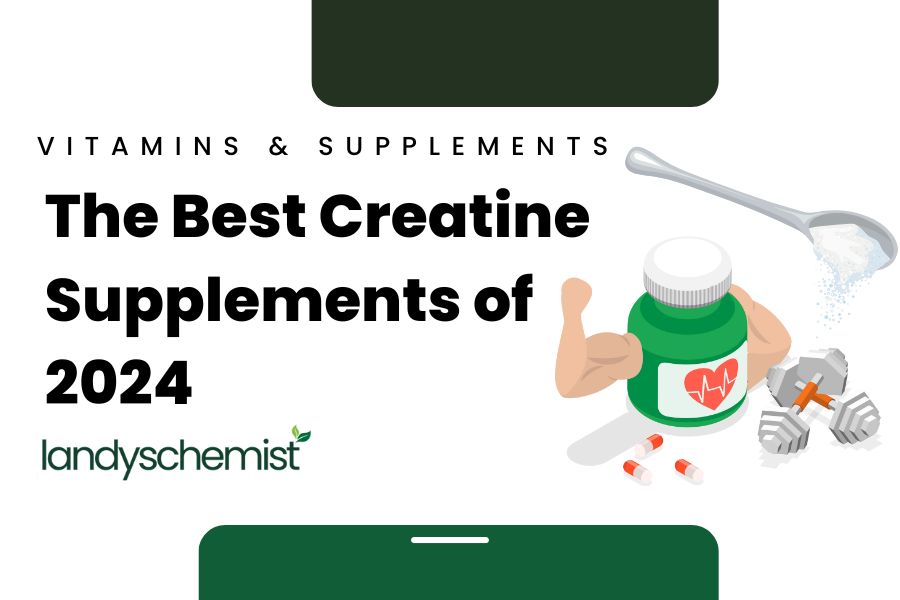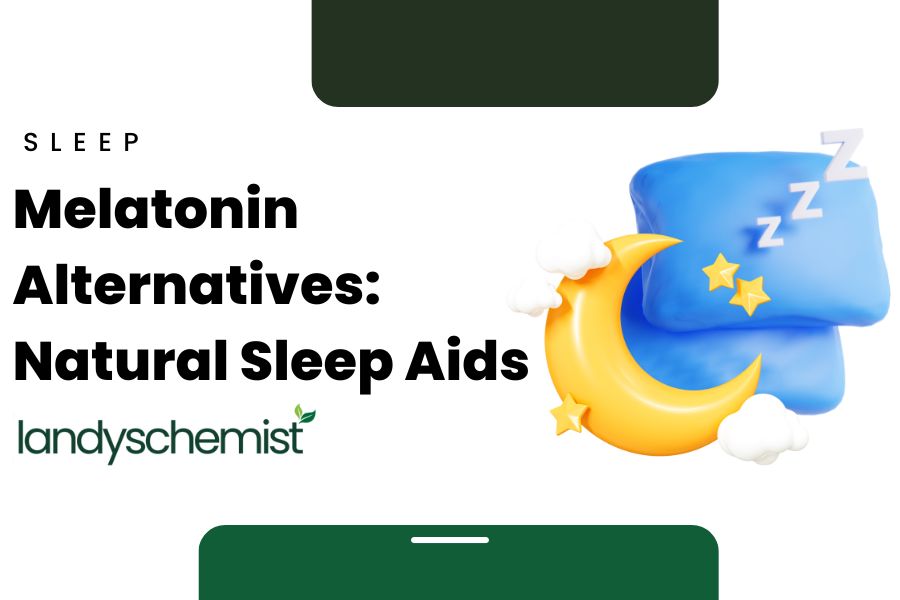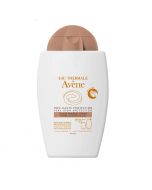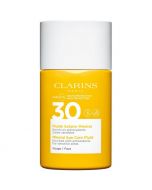
The best mineral sunscreens for the face
Sunscreen is an important step in any skincare routine, providing vital protection against the harmful effects of UV rays. A shocking 32% of adults [1] in the UK reported that they do not wear sunscreen, despite the majority of them experiencing sunburn at least once per year!
When choosing a sunscreen for the face, it is crucial to choose a product that not only protects, but also respects the delicate nature of the skin. Not using a sunscreen can lead to photoageing and sun damage including sunburn, actinic keratoses [2] , and potentially skin cancer.
Mineral sunscreens, known for their use of physical blockers like Zinc oxide and Titanium dioxide, provide a gentle, yet effective solution, shielding the skin from harmful UV rays whilst being less irritating on sensitive skin types.
In this blog, we explore the best mineral sunscreens that help to protect your skin from those damaging UV rays.
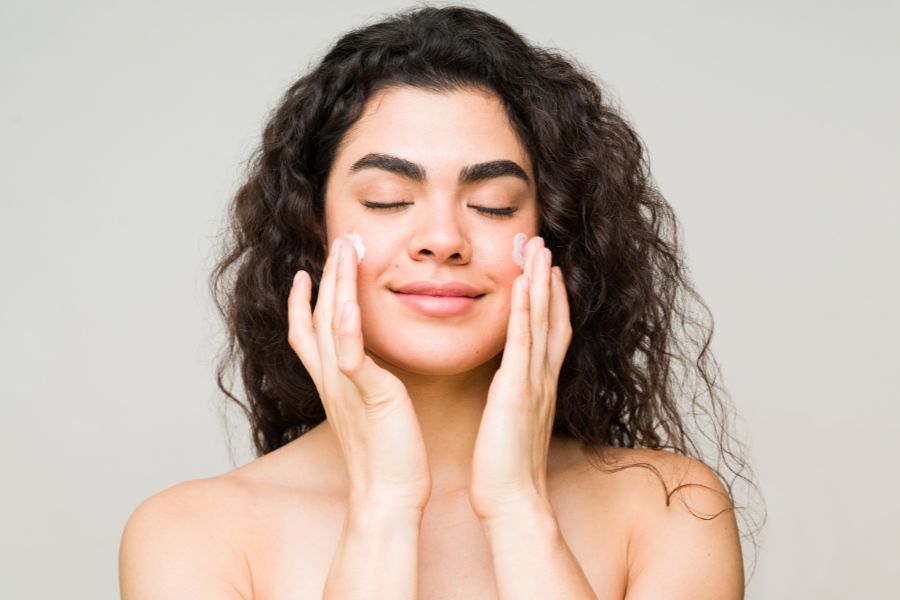
What is a mineral sunscreen
Mineral sunscreens, also referred to as a physical sunscreen utilises natural minerals such as zinc oxide and titanium dioxide [3] to protect the skin and act as major blockers against both UVA and UVB rays. These nanoparticles sit on the top layers of the skin to absorb, deflect, and scatter [4] the sun’s harmful UV rays without absorbing into the skin.
As these minerals protect the skin from both UVA and UVB rays, any mineral sunscreen will naturally be broad spectrum and do not degrade when exposed to UV rays.
What are the key ingredients in a mineral sunscreen?
The two most common ingredients used in mineral sunscreen are titanium dioxide and zinc oxide. Combining the two together provides broad-spectrum UVA and UVB protection [5] whilst keeping the formula lightweight.
Zinc Oxide also contains antimicrobial [6] and non-comedogenic properties meaning that it can protect your skin without clogging pores. It is also able to protect against both UVA and UVB rays [3]. Titanium Oxide is also non-comedogenic and protects against short UVA rays and UVB rays.
Zinc oxide and titanium dioxide have been designated as GRASE [7] by the FDA which means Generally Recognised as Safe and Effective, indicating their safety and effectiveness for use in sunscreens. These ingredients, which are the active components in mineral sunscreens, are particularly beneficial for sensitive skin.
What are the benefits of mineral sunscreens?
Suitable for sensitive skin
Mineral sunscreens tend to use fewer ingredients and are not absorbed into the skin whilst still offering protection against both UVA and UVB rays, making them more suitable for those with skin sensitivities as the formulas are typically well tolerated [8].
Immediate protection
Mineral suncreams protect you as soon as they have been applied thanks to the protective barrier they make. Chemical suncreams can take longer to be absorbed into the skin and start acting to deactivate UV rays.
Broad Spectrum Coverage
Mineral sunscreens tend to contain the ingredients zinc oxide and titanium dioxide which provide broad spectrum protection, blocking both UVA and UVB rays [9].UVA rays can lead to premature aging whilst UVB rays is what is responsible predominantly for sunburn.
What are the best mineral sunscreens for the face?
The Avène Mineral Fluid SPF50+ 40ml
The Avène Mineral Fluid SPF50+ 40ml is a great and stable mineral sunscreen for the face providing very high sun protection against both UVA and UVB rays (long and short). Its 100% mineral-based formula along with its fluid and light texture ensures that it blends into the skin without a white residue, making it suitable for all skin types and phototypes.
Formulated for sensitive, reactive, and intolerant skin types, the Avène Mineral Fluid is particularly beneficial for those who are intolerant to chemical filters and fragrances. It works to protect, moisturise sensitive and intolerant skin and is water-resistant and fragrance free. This high-performance sunscreen for adults leaves a matte-finish without a white film.
If you are seeking a golden hue which evens out and illuminates the skin whilst protecting against UVA and UVB rays, try the Avène Very High Protection Tinted Mineral Fluid SPF50+ 40ml which provides a natural tint with a matte finish.
What are the key ingredients in the Avène Mineral Fluid?
The inclusion of Avène Thermal Spring Water in its formulation provides soothing and anti-irritant benefits, ensuring daily skin comfort.
Additionally, this sunscreen incorporates Provitamin E (pro-tocopheryl), a potent antioxidant that offers cellular protection against free radicals.
The combination of zinc oxide and titanium dioxide serves as a robust barrier, scattering, reflecting and absorbing UV light without penetrating the skin.
Bioderma Photoderm Mineral Fluide SPF50+
The Bioderma Photoderm Mineral Fluide SPF50+ is a great mineral sunscreen option, particularly for those with sensitive or allergic skin. As a mineral-based sunscreen with no fragrance, it avoids the use of chemical filters which can trigger allergic reactions in sensitive individuals.
The formula is specifically designed to provide high-level protection from UVA and UVB rays whilst ensuring excellent skin tolerance. Its ultra fluid and light texture allow for easy application, ensuring even coverage without leaving any white residue, making it ideal for daily use under makeup.
This powerful, safe and gentle sunscreen is suitable for babies over 6 months old.
What are the key ingredients in the Bioderma Photoderm Mineral Fluide SPF50?
The Bioderma Photoderm Mineral Fluide contains 100% mineral filters providing broad spectrum UVA and UVB protection. It is also enriched with tocopherol, or Vitamin E, known for its antioxidant properties which help to combat oxidative stress on the skin and prevent premature ageing.
The inclusion of cellular protection enhances the skin’s defensive barrier, reducing the impact of oxidative stress and environmental aggressors on the skin.
Summary:
- A mineral sunscreen, often known as physical sunscreens, use natural minerals like zinc oxide and titanium dioxide to create a protective barrier on top of the skin.
- Zinc oxide and titanium dioxide offer broad-spectrum UVA and UVB protection and help to absorb, deflect, and scatter harmful UV rays.
- Mineral sunscreens are ideal for those with sensitive skin and provide immediate protection upon application.
References:
- Rush, J. (2023) UK public ignoring skin cancer risks, Melanoma Focus. Available at: https://melanomafocus.org/news-blog/uk-public-ignoring-skin-cancer-risks/#:~:text=National%20charity%20Melanoma%20Focus%20issues,serious%20form%20of%20skin%20cancer.
- Actinic keratoses (solar keratoses), NHS choices. Available at: https://www.nhs.uk/conditions/actinic-keratoses/#:~:text=Actinic%20keratoses%20(also%20called%20solar,out%20for%20changes%20can%20help.
- Schneider, S.L. and Lim, H.W. (2018) ‘A review of Inorganic UV filters zinc oxide and titanium dioxide’, Photodermatology, Photoimmunology & Photomedicine, 35(6), pp. 442–446. doi:1111/phpp.12439.
- Gabros S, Nessel TA, Zito PM. Sunscreens and Photoprotection. In: StatPearls [Internet]. Treasure Island (FL): StatPearls Publishing; 2024 Jan-. Available from: https://www.ncbi.nlm.nih.gov/books/NBK537164/
- Smijs, T. and Pavel (2011) ‘Titanium dioxide and zinc oxide nanoparticles in sunscreens: Focus on their safety and effectiveness’, Nanotechnology, Science and Applications, p. 95. doi:2147/nsa.s19419.
- Mendes, C.R. et al. (2022) ‘Antibacterial action and target mechanisms of zinc oxide nanoparticles against bacterial pathogens’, Scientific Reports, 12(1). doi:1038/s41598-022-06657-y.
- Sabzevari, N. et al. (2021) ‘Sunscreens: UV filters to protect us: Part 1: Changing regulations and choices for Optimal Sun Protection’, International Journal of Women’s Dermatology, 7(1), pp. 28–44. doi: 1016/j.ijwd.2020.05.017.
- Ludriksone, L. and Elsner, P. (2021) ‘Adverse reactions to sunscreens’, Challenges in Sun Protection, pp. 223–235. doi:1159/000517634.
- Rajasekar, M. et al. (2024) ‘Recent developments in sunscreens based on chromophore compounds and nanoparticles’, RSC Advances, 14(4), pp. 2529–2563. doi:1039/d3ra08178h.
By Saarah Mengrani, Msc Biotechnology

